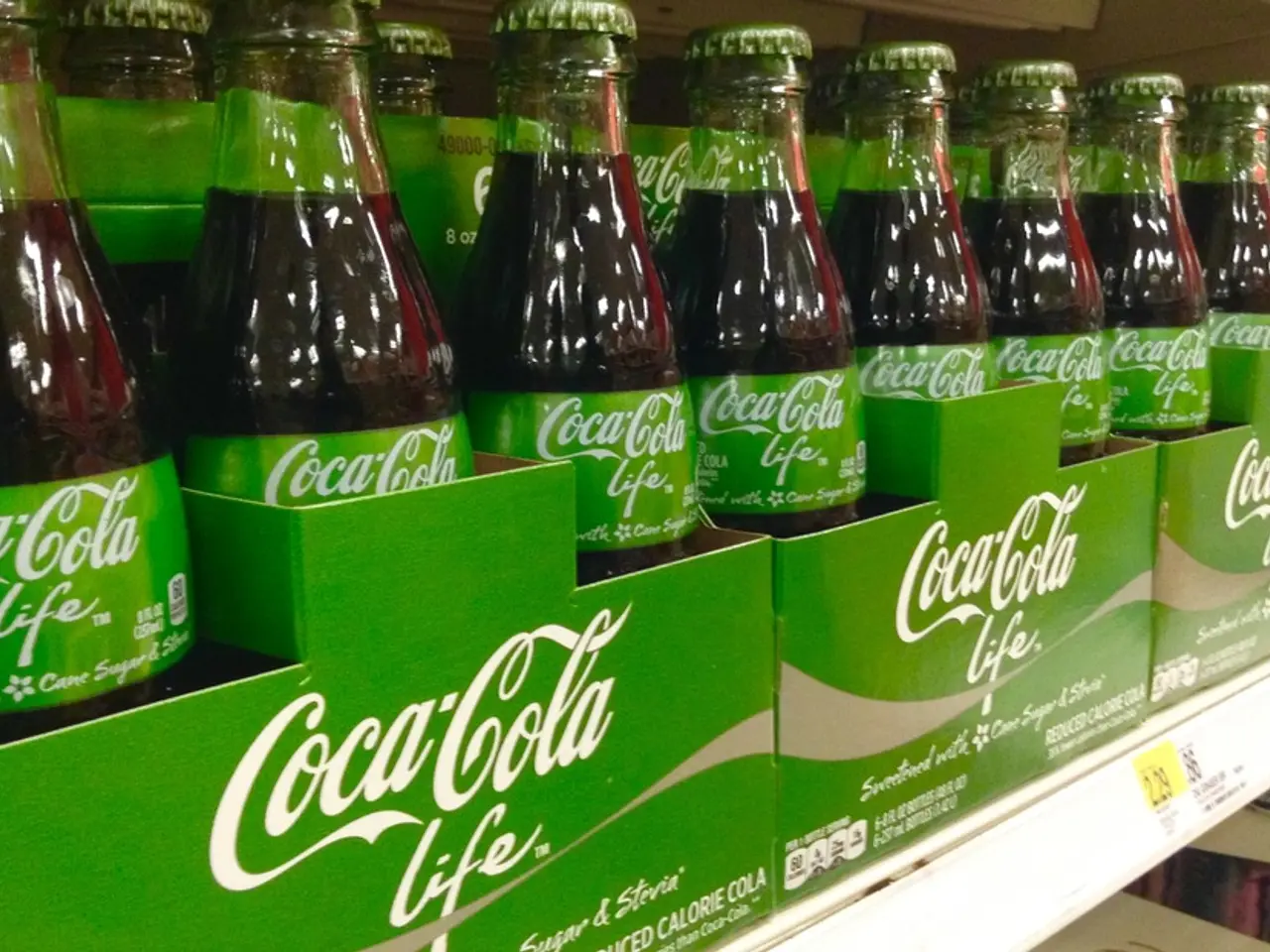Magnesium Citrate Market Expected to Reach USD 114.9 million by 2034
Magnesium Citrate Market Grows Steadily Amidst Rising Health Awareness
The global market for magnesium citrate, a popular form of magnesium supplement, is experiencing moderate yet steady growth. According to recent reports, Europe led the market in 2024, accounting for 35.2% of the market share, valued at USD 27.8 million [1].
Anhydrous Magnesium Citrate and powder formulations hold a dominant market position, capturing more than 67.1% and 38.3% of the total market share, respectively, in 2024 [1]. The pharmaceutical sector, in particular, accounted for a 45.1% share of the market [1].
The demand for magnesium citrate has been driven by its role in addressing magnesium deficiency, which affects roughly 48% of U.S. adults and 30% of elderly adults [2]. As consumer health awareness increases and people seek bioavailable forms of magnesium, there is a growing preference for magnesium supplements. This shift has led to product innovation, including combination supplements like glycinate + citrate [1].
Looking ahead, the magnesium citrate market is projected to expand from USD 79.1 million in 2024 to around USD 114.9 million by 2034, growing at a CAGR of 3.8% during 2025-2034 [1]. This growth is expected to parallel trends in the broader magnesium compound market, which shows significant growth, with a forecasted CAGR of approximately 6.5% for magnesium carbonate through 2035 [3].
Key growth regions for magnesium minerals overall include North America, Europe, and Asia-Pacific, notably India, China, and South Korea [3]. In Asia-Pacific, growing health awareness and regulatory acceptance are contributing to rising magnesium supplement consumption and industrial uses [3]. North America and Europe see steady demand driven by well-established dietary supplement markets and aging populations focusing on health maintenance [1][3].
Emphasis on sustainability and green manufacturing processes could enhance production efficiency and environmental acceptance, potentially lowering costs and stimulating market expansion [4]. This focus on sustainability could further boost the magnesium citrate market, as companies strive to meet consumer demands for eco-friendly products.
In conclusion, while magnesium citrate may hold moderate market interest compared to more dominant forms like glycinate, it remains a significant segment within the expanding magnesium supplement industry. Its growth is driven by health trends, regional demand in developed and emerging markets, and integration with broader magnesium compound applications affecting the global economy positively in pharmaceuticals, health supplements, and industrial sectors [1][2][3][4].
References:
- MarketsandMarkets (2021)
- Grand View Research (2020)
- Allied Market Research (2020)
- Transparency Market Research (2020)
Science and health-and-wellness are closely linked in the context of the growing magnesium citrate market. As consumer health awareness increases, there is a growing preference for bioavailable forms of magnesium supplements like magnesium citrate, contributing to product innovation such as combination supplements.




